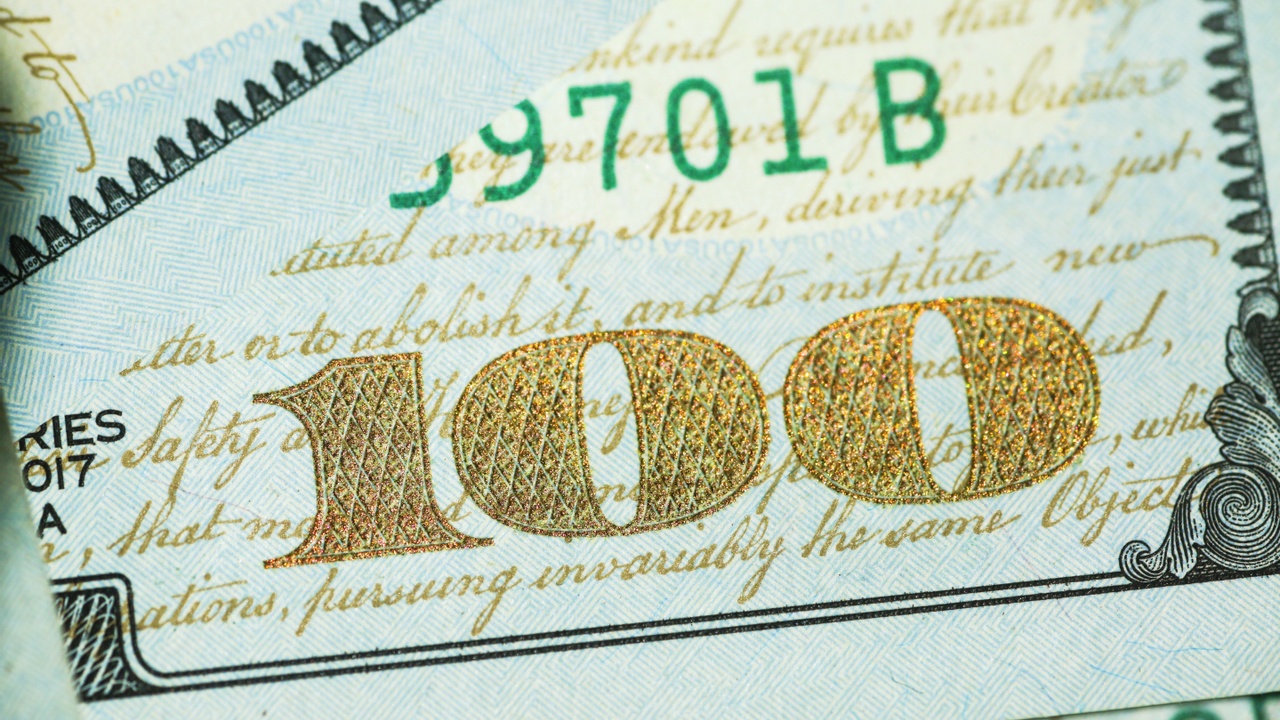Cash is Still King! (Part Two)
Apr 19, 2021
Ah, greenbacks, lettuce, clams, or Benjamins – no matter what we call it, cash is still king! There are few places in the world that will not take the American dollar as payment. I fact, I can only think of two: inflight on American Airlines, and Uber.
Any Reasons NOT to Use Cash?
Here’s a valid reason NOT to use cash: if some young socialist decides to knock you over the head to redistribute your wealth to himself, those dollars are gone and cannot be replaced. Had the young socialist only reaped your credit cards, you can get on the phone and stop those cards, and you have only a maximum $50 liability per card, if even that.
Another reason not to use cash is airline miles and hotel points. This is my personal practice. We run as much as possible through the American Airlines cards and the Marriott Visa and the Hilton Amex, and the points (and benefits) really add up! But if you’re going to do this, you must have the discipline not to run up balances on the cards. If you have a $600/month grocery budget, charge that amount to gain the airline miles – just so long as you pay the bill when it arrives.
If you don’t like Big Brother tracking your every move, cash is also a private transaction, at least up to $10,000 at a financial institution. There is a law that tracks large and unusual transactions to nab money launderers. This is what caught Elliott Spitzer, aka client #9, in the prostitution sting. He stupidly asked his bank teller how much he could withdraw without the bank having to file a SAR (Suspicious Activity Report). Well, that question necessitated the bank having to file a SAR, and somehow the Feds found out about the prostitution. So if you want to remain private, keep it under $10K. And don't ask bank tellers questions.
Here's a Second Do-Today Suggestion
In Part One I suggested you track all your spending – both cash and plastic – for a month, and then categorize it to see where the money goes. With suggestion #2, we’re turning it around a bit. Take out some cash – say, $500.00, and spend just that. No plastic. Categorize it as you spend it. Create a spreadsheet, with dates down the left and categories across the top. See how long those dead presidents last you. When you run out, go back to the ATM. See how much you need to get through a month.
So you start your month with $500 in your wallet. You spend only this cash, so you see the immediate effect of a spending choice – there is now less available for the future. This forces you to consider each expenditure more carefully – do I really want/need this thing? The monthly utility and car payments don’t come from this cash – just your spending. That includes groceries, lunch out during the workday, gasoline, the gallon of ice cream you pick up on the way home, getting your nails done, and so on.
The challenge here is to see how long the money lasts. And I’d wager that the cash will last you a lot longer than had you used plastic. Since your wallet is immediately lighter when you’ve purchased something, you are more apt to make the cash last.
Set Some Limits
As a financial planner my work with clients begins at the point of identifying the spending amounts by category. Unfortunately, most people charge and then pay the bill – or some of the bill – next month. But we challenge our clients to flip things around: anticipate the expenditure and save into it. We want clients to set themselves spending limits and save into those limits.
What’s the result? Absolute peace of mind. You have anticipated most all of the expenses for the ensuing year. You have budgeted an amount for each one. You are paying down your credit cards. For those unexpected expenses, you have provided yourself with an emergency fund to draw down as the need arises. Once all expenses have been paid, what remains is available for saving and investing – in other words, you are providing not just for this year, but for years to come.
And the most important point: you’re not going into debt.
Questions?
Questions? Feel free to get in touch at [email protected]. Also follow me on LinkedIn, Facebook, and YouTube for more personal financial information relevant to you!
Stay connected with news and updates!
Sign up for our monthly newsletter for more personal finance and market insights.
We hate SPAM. We will never sell your information, for any reason.

